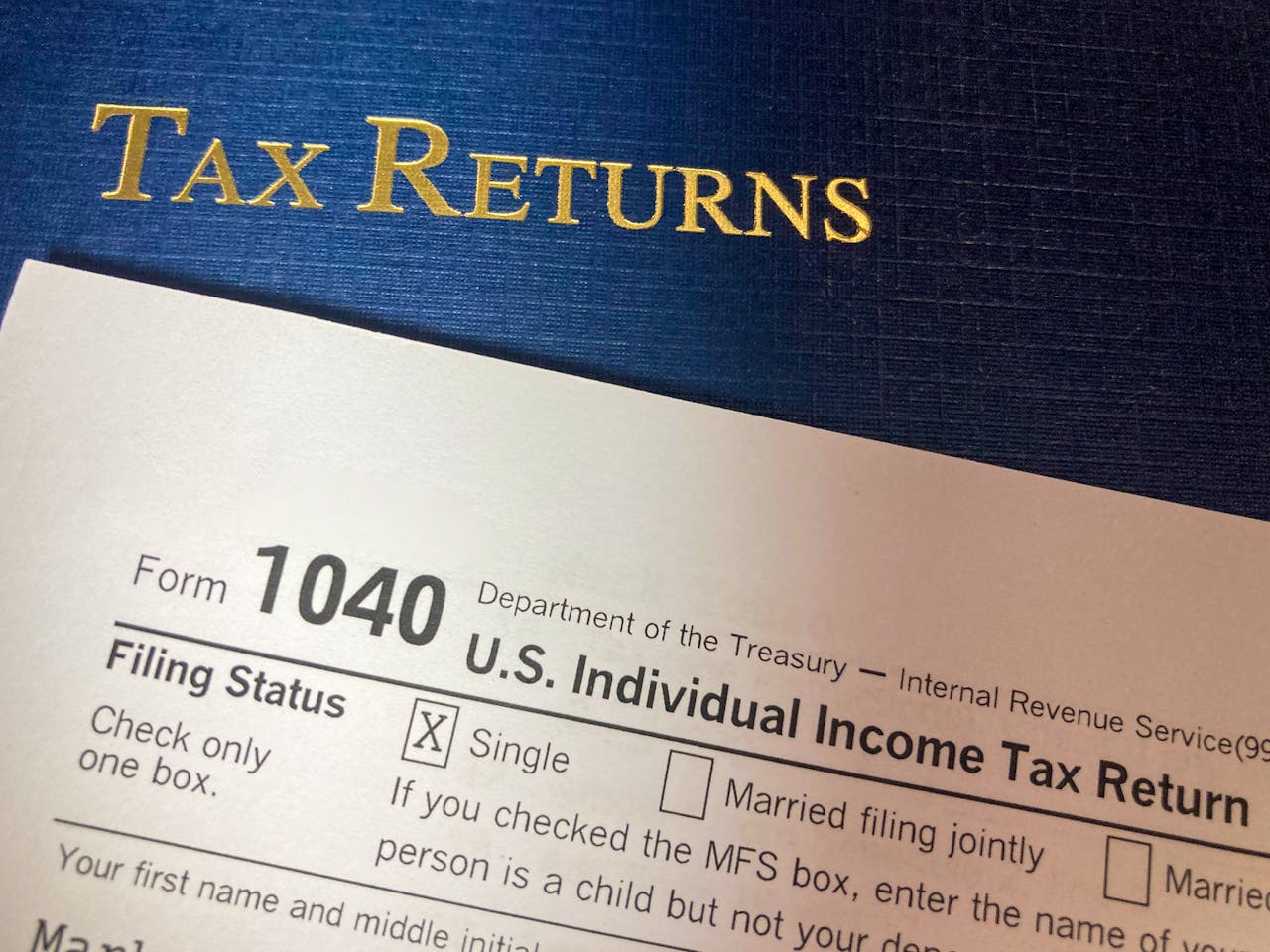Introduction: Laying the Groundwork
Audit preparation is like studying for an exam—the more organized you are, the better the outcome. Whether facing an external review or internal check, a structured approach minimizes stress and maximizes efficiency. Here’s how to prepare effectively.
Phase 1: Pre-Audit Planning
- Assemble Your Team
Assign roles (e.g., document coordinator, point person for auditors) and clarify responsibilities. - Gather Documentation
Collect financial statements, invoices, payroll records, contracts, and prior audit reports. Use digital tools to organize files systematically. - Review Regulatory Requirements
Ensure familiarity with relevant standards (e.g., GDPR, SOX) and industry-specific regulations.
Phase 2: During the Audit
- Maintain Clear Communication
Schedule regular check-ins with auditors to address queries promptly and avoid misunderstandings. - Stay Transparent
Provide full access to requested data while safeguarding sensitive information with NDAs. - Track Findings in Real Time
Document audit observations and begin drafting corrective action plans early.
Phase 3: Post-Audit Follow-Up
- Review the Final Report
Analyze findings and prioritize areas for improvement. - Implement Changes
Assign deadlines for resolving issues and update policies to prevent recurrence. - Celebrate Wins
Acknowledge team efforts and share lessons learned to build a culture of continuous improvement.
Conclusion: Audit Success Starts with Preparation
With careful planning and collaboration, audits can become a catalyst for growth rather than a compliance burden.
Ask the Community : What’s your top tip for audit readiness? Let’s exchange ideas below!


